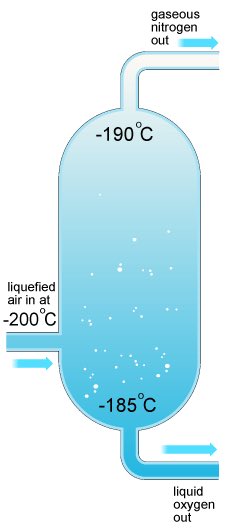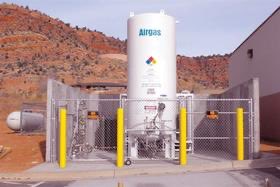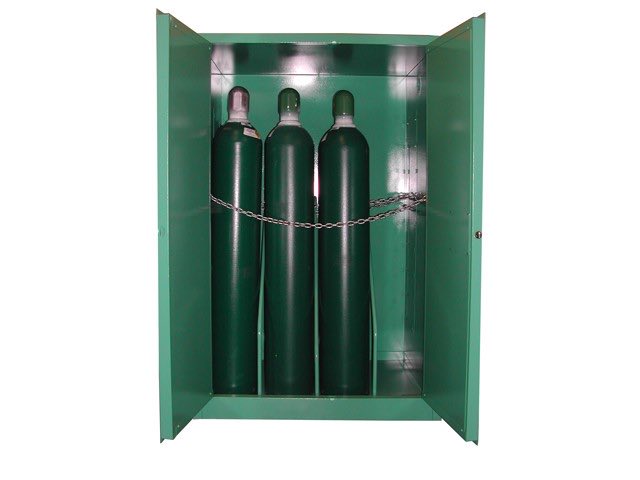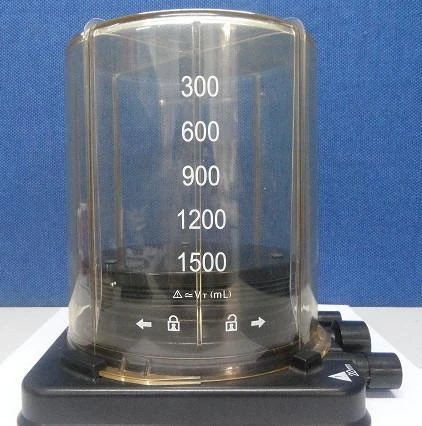Oxygen is a critical life-saving therapy (with well-described adverse effects at high doses). It has a tenuous supply chain that can’t be overlooked. A quick review of how oxygen gets to hospitals and to our patients. https://twitter.com/heartotxheartmd/status/1350107610301804545
Note: most of this info applies to major hospitals in high income countries. O2 supplies are critical everywhere in times of increased patient demand (i.e. COVID), but we must recognize that shortages (and subsequent patient harm) fall disproportionately on LMICs. Unjust & tragic
Medical grade O2 is typically made by fractional distillation of air.
Briefly, a column of air is liquified by cooling to -200C. H2O and solid CO2 are removed. The remaining liquid air is slowly heated. N2 boils at -196 and is removed, leaving liquid O2 behind (99% pure)!
Briefly, a column of air is liquified by cooling to -200C. H2O and solid CO2 are removed. The remaining liquid air is slowly heated. N2 boils at -196 and is removed, leaving liquid O2 behind (99% pure)!
Liquid O2 (LOX) is then recovered and carefully shipped to hospitals. In the US, this all relies on contracts with private companies. Obviously these contract negotiations are very important, as suppliers provide O2 to multiple hospital systems.
LOX is typically stored in large tanks outside the hospital. There is often a main tank and a smaller backup/reserve tank.
Some smaller hospitals rely solely on compressed gas for their oxygen needs (e.g high pressure H cylinders).
Some smaller hospitals rely solely on compressed gas for their oxygen needs (e.g high pressure H cylinders).
1L of LOX is converted to 860L of O2 gas. So, a 10,000 gallon system can hold approximately 32 million L of O2 gas.
For comparison, an H-cylinder contains 6,900L of O2 gas.
A smaller E-cylinder (often used for pt transport) contains 660L of O2 gas.
For comparison, an H-cylinder contains 6,900L of O2 gas.
A smaller E-cylinder (often used for pt transport) contains 660L of O2 gas.
It would take more than 4,500 H-cylinders or 45,000 E-cylinders to replace a 10,000 gallon LOX system.
Just imagine trying to store and refill all those tanks.
In addition to being prohibitively expensive, there are strict regulations against keeping that many O2 cylinders
Just imagine trying to store and refill all those tanks.
In addition to being prohibitively expensive, there are strict regulations against keeping that many O2 cylinders
LOX must be vaporized (by heating above -186C) and then pumped into the hospital gas pipeline system. The details are for another day, but a few important points: the system contains multiple gases, pipeline probs can be catastrophic, alarms/safe valves are critical for safety
What happens if the LOX system is compromised or runs out? Most systems build in at least a few days of back up supply. If all LOX is gone, H cylinders can be utilized, particularly in the zones (ICU, OR) with highest oxygen needs. E cylinders can be used for low O2 needs.
Briefly, someone using nasal cannula at 2L/min has 5.5 hours of O2 availability via a full E-cylinder. At 10L/min, that time drops to 1 hour. Hypoxemic on a ventilator? Often less than 30 minutes.
Pipeline problems are also extremely problematic; maintenance is critical.
Pipeline problems are also extremely problematic; maintenance is critical.
A quick note for anesthesia folks. The bellows on the anesthesia machine is often driven by O2. If the main O2 supply fails and you need to use the E cylinder, always switch to manual ventilation to prevent O2 from being wasted by delivery to the bellows.
Compressed gas cylinders are useful.c but they can’t reliably meet all O2 needs. Moreover, they are dangerous! At >2000 psi, they can become projectiles if fractured (or brought near the MR scanner). They can lead to  . Mix-ups with other gas cylinders (CO2) can be fatal.
. Mix-ups with other gas cylinders (CO2) can be fatal.
 . Mix-ups with other gas cylinders (CO2) can be fatal.
. Mix-ups with other gas cylinders (CO2) can be fatal.
Also, make sure that they are stored upright and secured. Being responsible for a falling O2 tank is generally discouraged.
So when caring for your pts, take a minute to think about what you would do should there be abrupt oxygen failure. Where are the backups? How do I safely obtain and hook these up to deliver O2? What about my ventilated pt? What if the pipeline fails? It’s critical to be prepared
In summary:
- most hospitals rely on LOX (private contracts in US)
- shortages are disproportionately experienced in LMICs
- H and E cylinders are back up options, but these are short term solutions and can be dangerous
- critical to know how to obtain oxygen in emergencies
- most hospitals rely on LOX (private contracts in US)
- shortages are disproportionately experienced in LMICs
- H and E cylinders are back up options, but these are short term solutions and can be dangerous
- critical to know how to obtain oxygen in emergencies

 Read on Twitter
Read on Twitter





